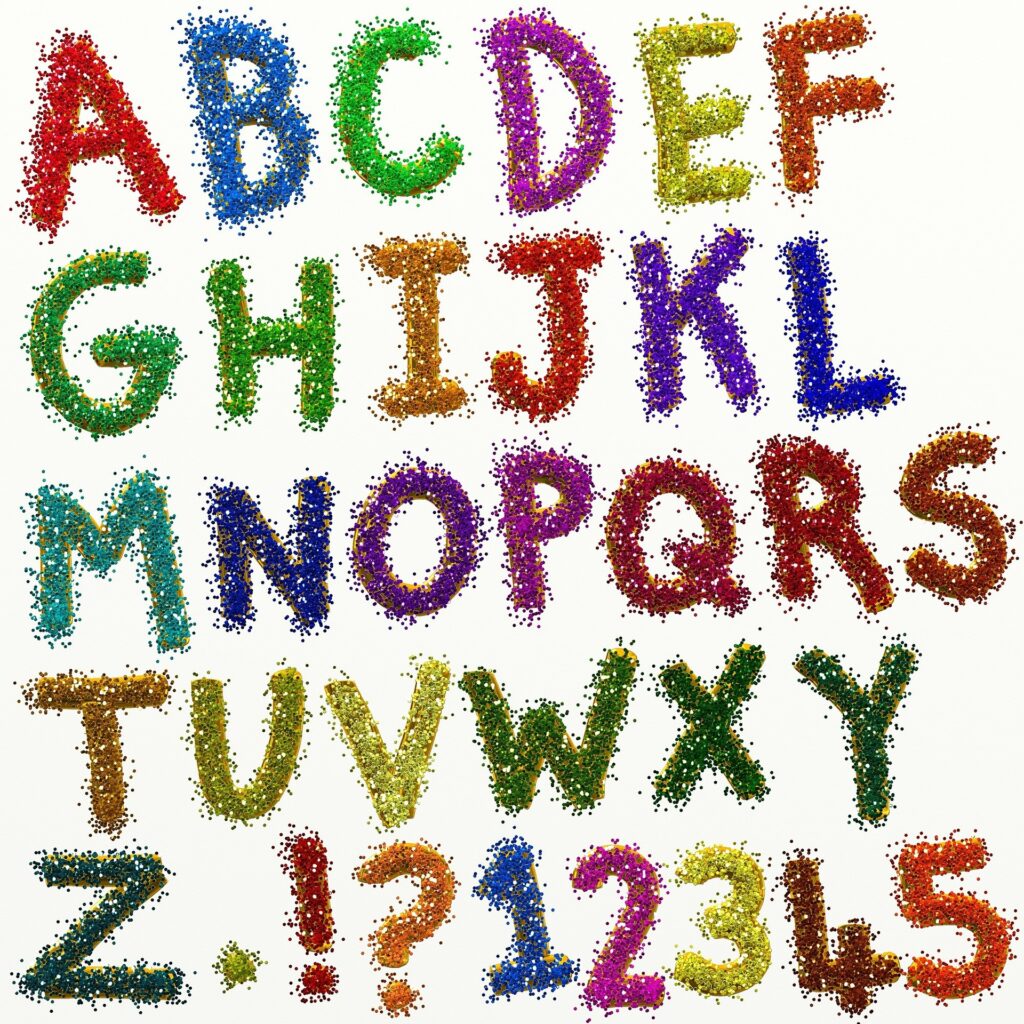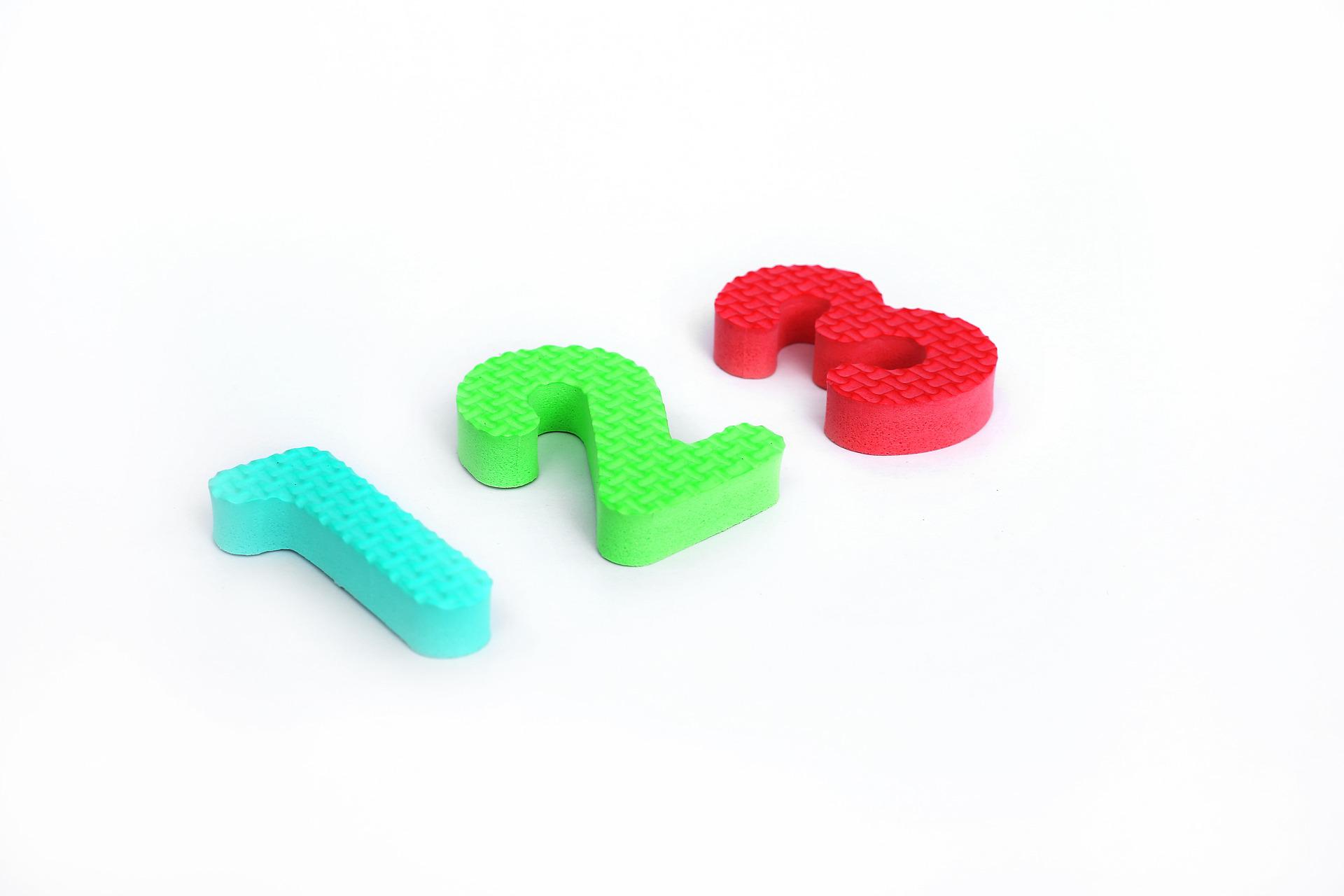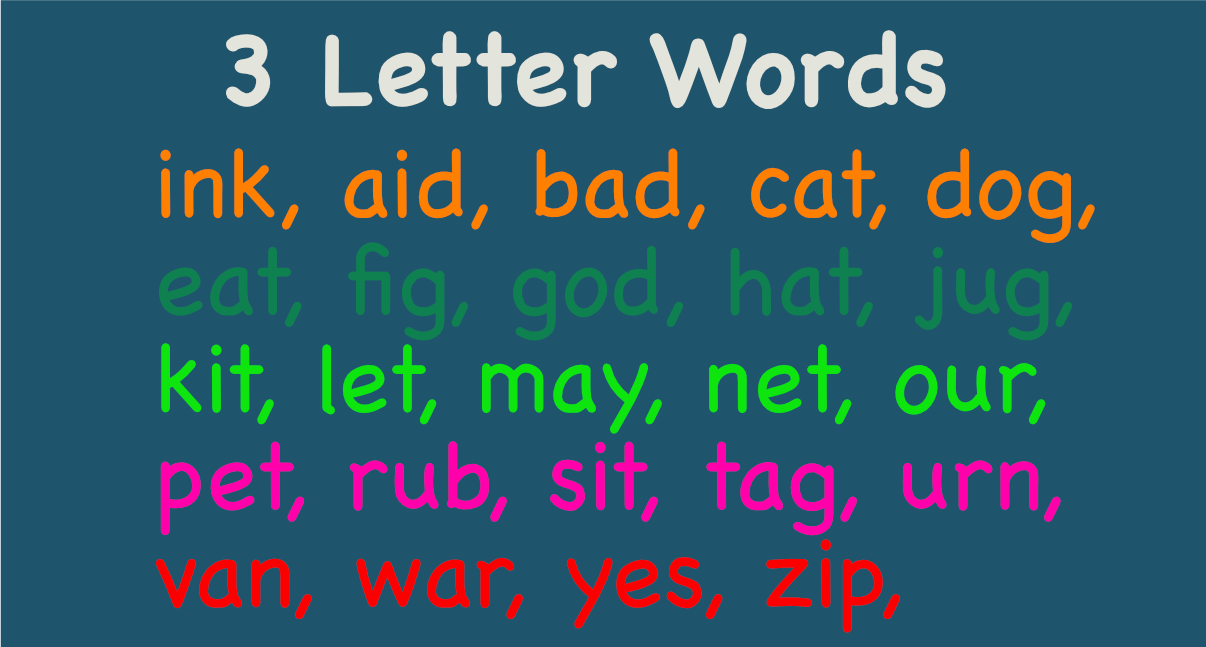
If you’re worried about when to teach your child letters, you’re not alone. Thousands of parents have this question. It can be confusing for you and your child, but there are many ways to make sure your child learns to read at the right time.
Contents
- 1 When to Teach Your Child Letters
- 2 Identify Objects That Begin With A Specific Letter
- 3 Build a Card for Each Letter
- 4 Introduce Children To Individual Letters
- 5 Keep Track Of Their Progress
- 6 Teach Children Letter Sounds First The Teach Them How to Write Them
- 7 Start With The Vowel Sound Of Each Letter
- 8 Introduce Them To Letter Sounds
- 9 Benefits of Tactile Learning
- 10 The Child’s Developmental Level Is Key: Your Teaching Approach Must Be Age Appropriate
When to Teach Your Child Letters
Between the ages of two and three, most toddlers can recognize a few letters, and by the time they are four or five, the vast majority of letters have been memorized. This means you can start introducing the alphabet to your child at approximately the age of 2, but don’t expect them to really deeply when they are just starting out.
First, identify objects that start with a certain letter. Then, introduce the letters and their sounds.
Identify Objects That Begin With A Specific Letter
Identifying objects that begin with a particular letter is a crucial part of the learning process for children. While some students are able to pick out a letter right away, other students need more time to develop their letter-sound correspondence. The key is to cater to your child’s particular needs and preferences.
You can use various visual aids to help your child learn letter-sound correspondences. For example, you can use a Bingo card that shows objects that begin with a particular letter.
For this activity, children can cover the letter on the card and then search for the object that starts with that letter. Alternatively, you can make a letter game board with a free template and a few math manipulatives.
Identifying objects that begin with a specific letter helps your child learn visual discrimination. In addition to learning letter shapes, you can use various visual aids to train your child’s eyes to differentiate between lines and shapes. These aids will make it easier for your child to spot differences and remember what letter is which.
Build a Card for Each Letter
Another activity to help your child identify objects that start with a specific letter is to build a card for each letter. You can use a picture of an animal in the shape of a certain letter to help them understand the shape of the letter.
You can also create a letter from everyday prints, such as hand prints. These activities can be fun and engaging. The best part is that they don’t require any fancy equipment or materials.
Letter recognition is an essential part of learning how to read. While kindergarteners may be familiar with the alphabet song and environmental print, they will need to know how to find letters in context and to say their names without context. By making this process automatic, the child will be more likely to be successful in reading in the future.
A good way to teach children how to identify letters is to introduce them to letters that have similar beginnings and endings. Words that start with a specific letter are often the first words children learn to read.
By using letter manipulatives, children will become familiar with the different letters and will be more likely to use them in a more intentional way. For example, they will want to know which letter says /c/ or which one has multiple sounds.
Introduce Children To Individual Letters
When teaching your child to read, it is important to introduce individual letters. Children must be able to differentiate between letter shapes, such as short and tall, straight lines, and curves.
They need to know the differences between these shapes and sounds in order to recognize them as individual letters. It is also important to start with the high-frequency letters, such as the letters of their name.
Children have a higher level of confidence when they have a solid foundation of letters and letter sounds. They tend to be more enthusiastic about learning when they feel comfortable with their abilities.
Using repetition is a great way to introduce the individual letters and their sounds. Using a letter of the week jar is a great way to get your children familiar with the sounds of different letters.
Keep Track Of Their Progress
When teaching children to recognize individual letters, teachers should be sure to keep track of their progress. Some children will take longer than others to learn the names of letters, so teachers should provide more opportunities for practice.
It is also important to introduce children to lowercase letters as well as uppercase letters. This way, students can distinguish between different letters with ease.
Another way to introduce children to individual letters is by using tactile materials. For example, you can use a piece of paper and a thick dark marker to outline a letter.
Or you can use malleable materials such as PlayDoh or kinetic sand to form letters. When you start forming letters, say the associated sound and encourage the child to shape the material over the outlined letter.
Teach Children Letter Sounds First The Teach Them How to Write Them
It is also important to remember that children need to learn the sounds of individual letters before they can write them. There are different sounds for each letter, so it is important to distinguish them correctly.
While a group of students may learn different sounds in a short time, they need to learn the sounds of each letter in order to understand words. The goal of introducing letters is to get children reading words as early as possible.
You can also introduce your child to individual letters by tracing their name or drawing a picture using a medium-sized chalk or large paintbrush.
In this way, your child will learn the sounds of each letter and eventually realize that it stands for their name. Parents can reinforce this concept by using refrigerator magnets, personalized toys, and puzzles.
Start With The Vowel Sound Of Each Letter
When teaching letters, you should always start with the vowel sound of each letter. This will be a foundation for future learning of letter names. You can use letters with a vowel sound as a reward for children who find the letter of the day on their own. Also, you can display the letter on a poster in your classroom.
Throughout the year, you should introduce your children to individual letters one at a time. You can also do a “letter of the day” activity for the whole group.
The idea is to expose children to one letter each day, whether it is during reading time, playing with letter blocks, or writing on art. This is a great way to make learning about the letters fun and memorable for your child.
Introduce Them To Letter Sounds
One of the best ways to introduce your child to letters is to focus on letter sounds. This way, they can concentrate on one letter at a time. By doing so, they will gain confidence and enthusiasm for learning. A great way to do this is by using a letter of the week jar.
You can also use tactile materials to introduce your child to letter sounds. These materials engage the extra part of the brain that helps children associate the feel of a letter with its sound. Tactile learning also allows children to make messes with letters and provides great incentive for learning. For example, you can get your child to smear food and other materials on their faces by using letters. This way, they are more likely to associate the letters with their sounds and learn them faster.
Once your child has some knowledge of the letter sounds, he or she can begin blending them together to form words. For example, the letters s and t can blend to make the sound /st/.
Another sound that is common to many letters is the ch sound. Another letter that can be muddled is the sh sound. In addition, the th sound has two different sounds, one in the word that vibrates and one that whispers.
Benefits of Tactile Learning
Tactile learning can also be achieved by using a blank sheet of paper and a dark-colored marker. Another technique is to use a malleable material like PlayDoh or kinetic sand to form the letters.
While your child forms the letter, say the letter sound to help him or her identify the letter. Then, encourage your child to mold the material over the letter that he or she has outlined.
Introduce your child to letter sounds by using simple, short-vowel words. Most letters have names that give your child a clue to the letter sound they make. A good example is the letter D. It makes a /d/ sound at the beginning, while F is more like a /f/ sound. Other letters, like W and H, are also good examples of letter sound names.
The Child’s Developmental Level Is Key: Your Teaching Approach Must Be Age Appropriate
It’s important to remember that your child’s developmental level will play a huge role in how they learn the letters and sounds. Remember to keep learning as fun as possible so your child will be eager to learn more.
When you can introduce your child to letter sounds in an enjoyable way, they’ll develop a strong foundation for literacy and vocabulary.
Letter names should also be taught alongside letter formation. It’s important to teach your child the names of the letters they have been learning, as this will help them associate printed text with spoken language.
Once your child has mastered letter names, introducing them to letter sounds will be easier. Many letter names are closely related to their sound, making them more easily learned.



